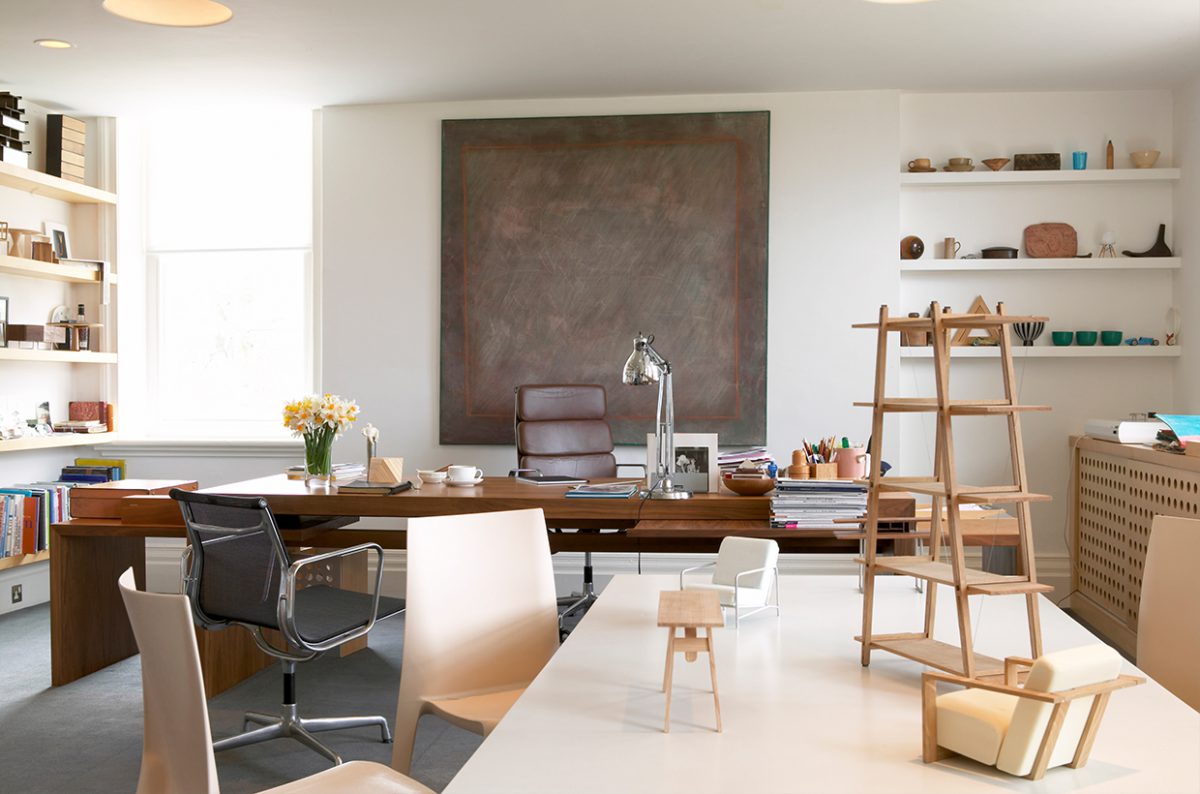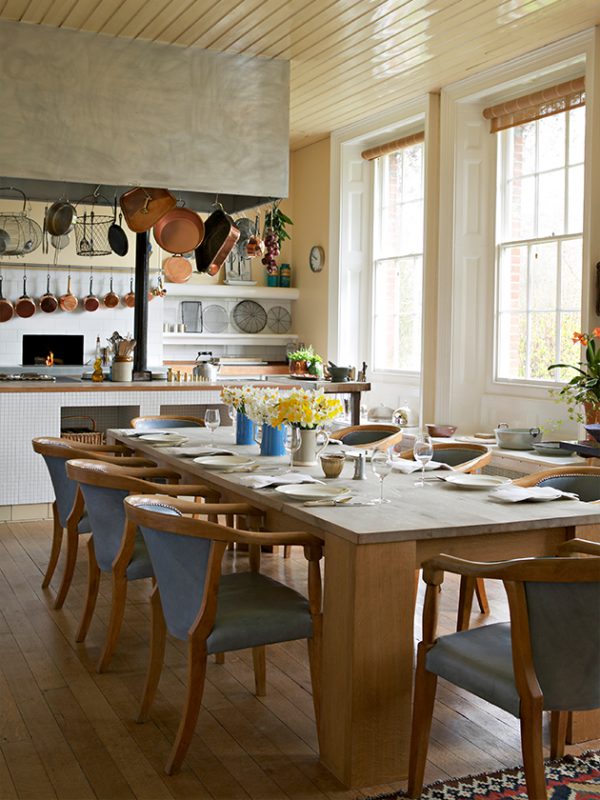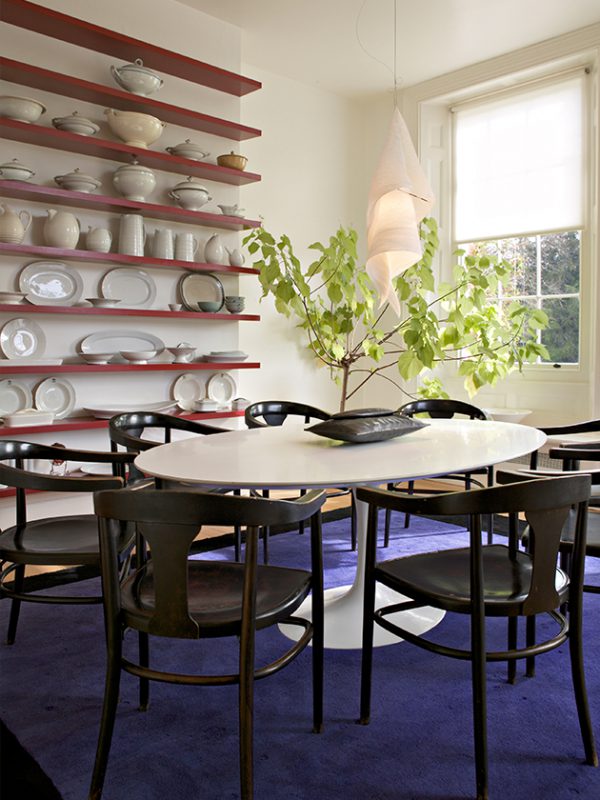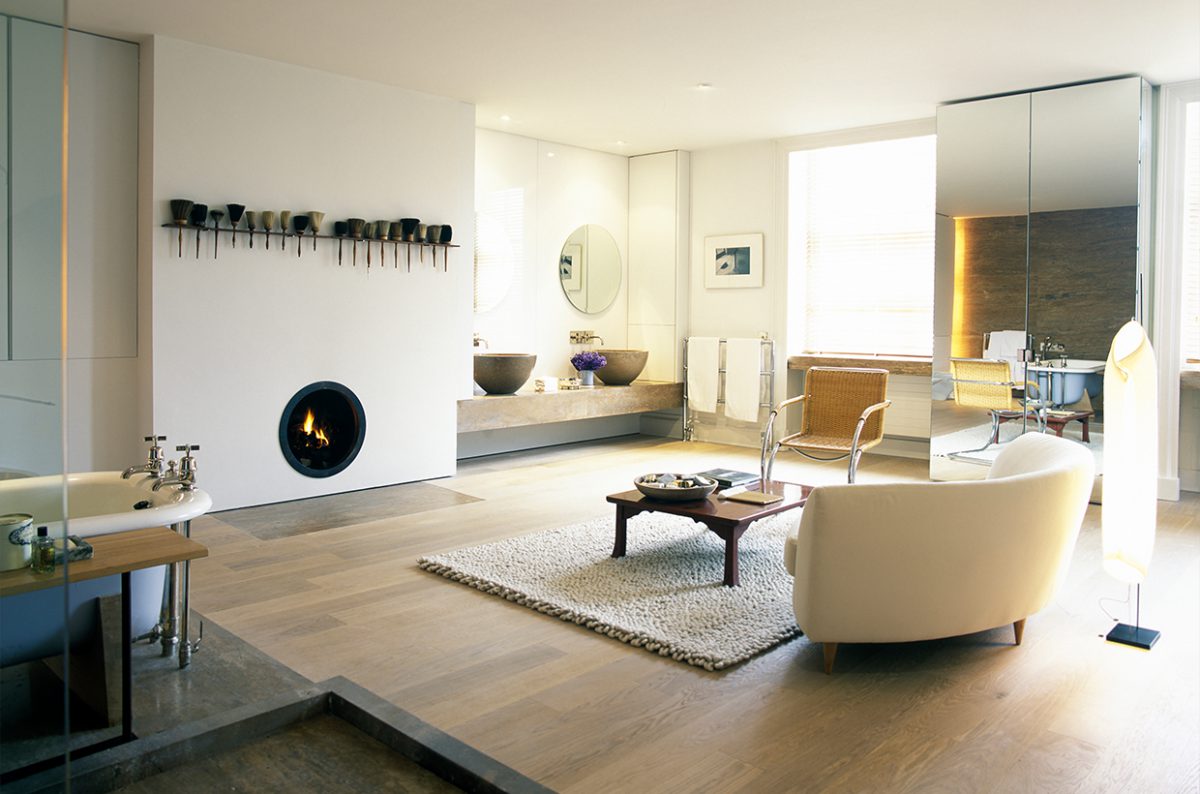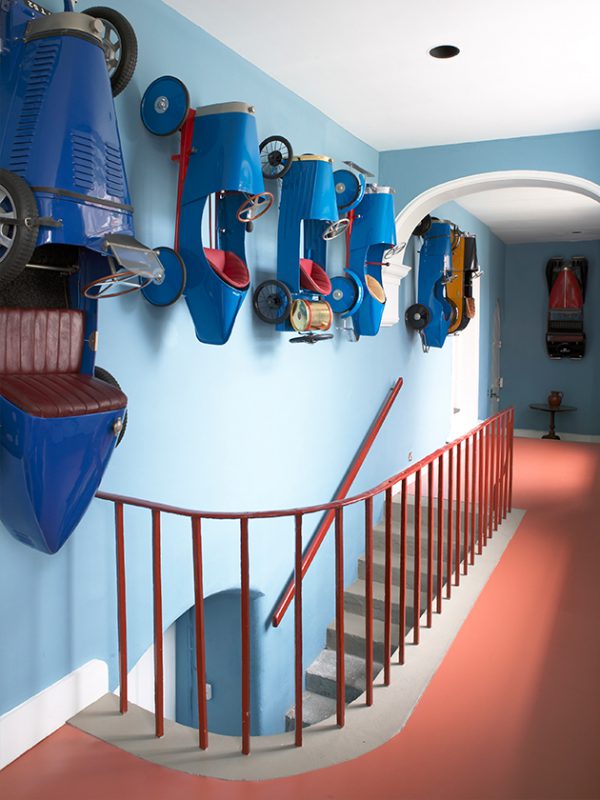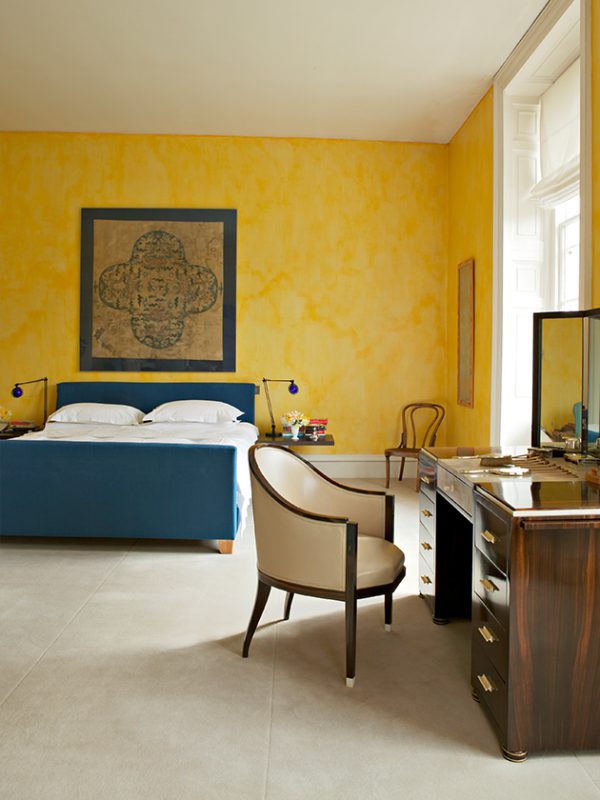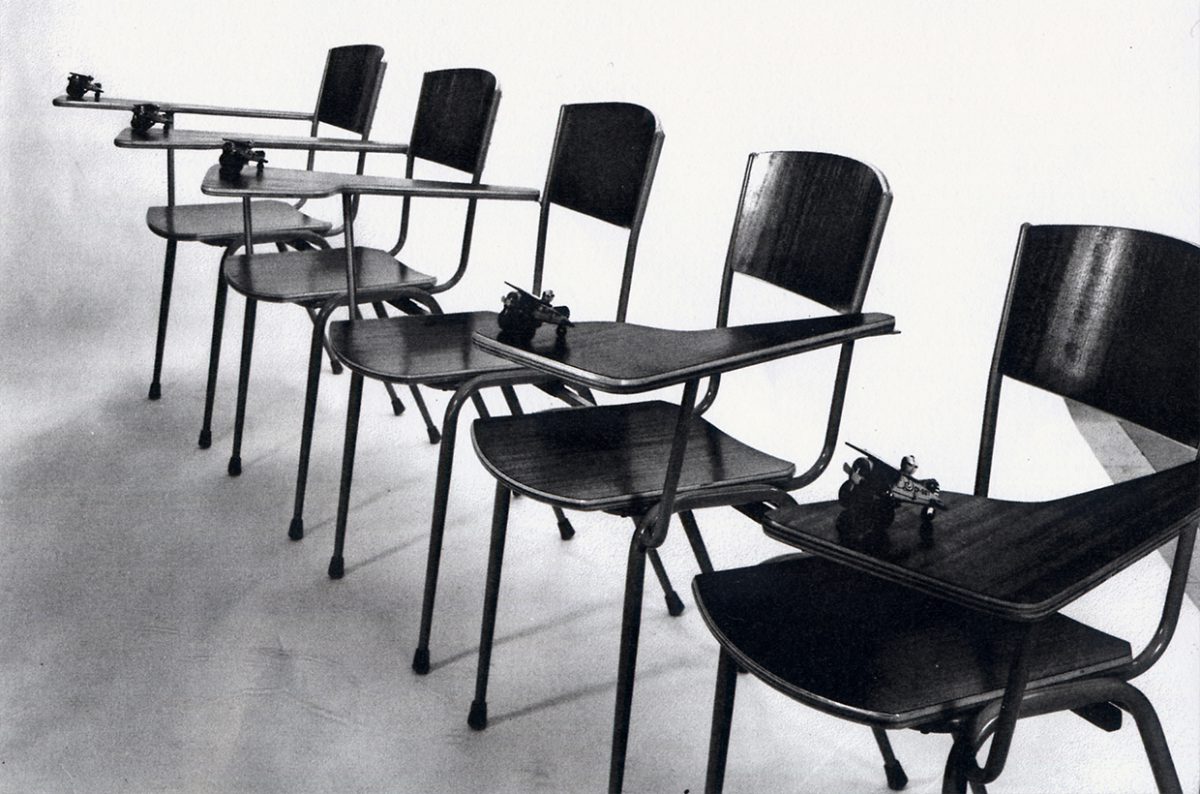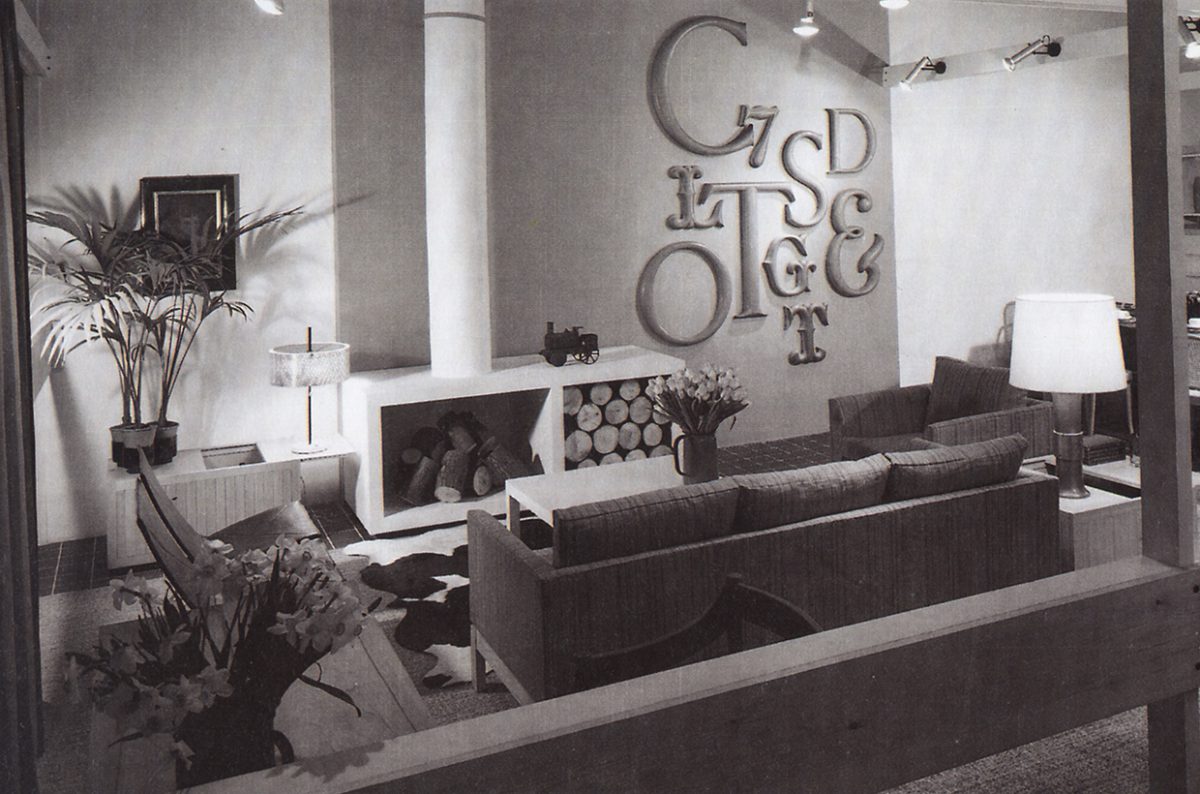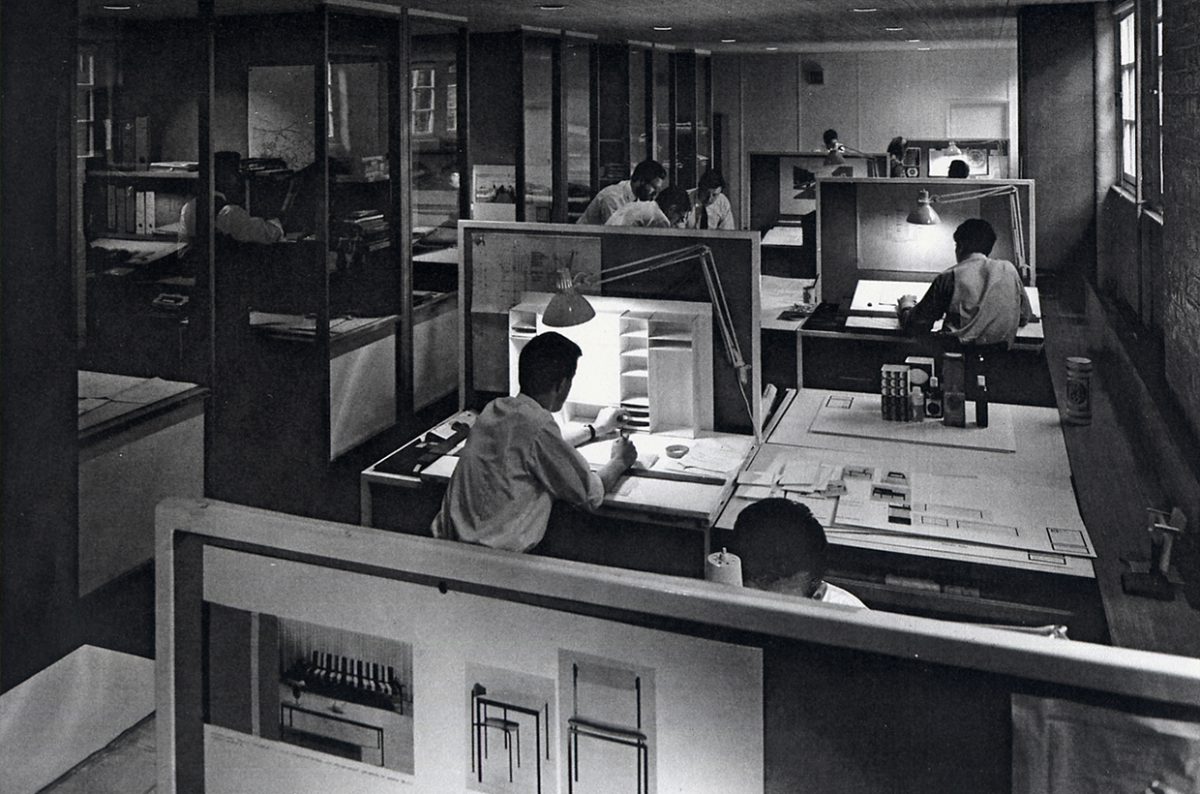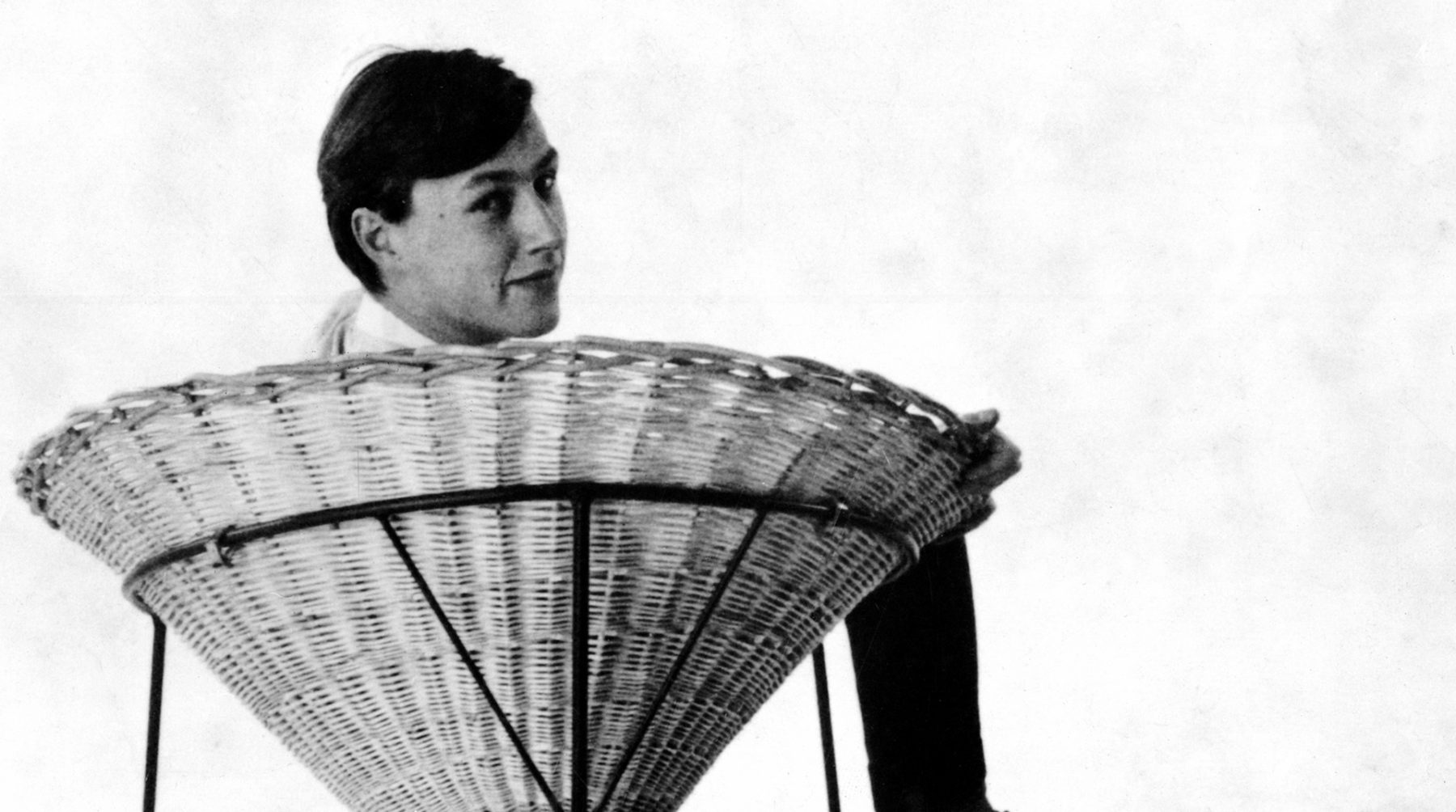The Taste Maker by Eva Müller-May | 23rd November, 2018 | Personalities
With luminous colors and clean lines, Sir Terence Conran has not only influenced Britain’s aesthetic preferences – delighting everyone from college students to the Beatles and even the Queen – but also shaped the look of living rooms and kitchens the world over. A visit with the 87-year-old designer and entrepreneur in his hometown of London.
As if receiving guests for tea in his living room, Sir Terence Conran is reclining in a Karuselli Lounge Chair, a hefty Cuban cigar in hand, his walking stick nearby. Except we’re not in his home but at the Andaz London Liverpool Street, a five-star hotel in the city’s East End. And not just in any room but in the (RED) Suite, the multitalented designer’s latest masterpiece, where 30 percent of the nightly rate goes to (RED), an initiative launched in 2006 by Bono and Bobby Shriver in the fight against AIDS. The 80 mÇ space was furnished personally by Conran according to his own distinctive tastes. “I know Bono well, and the design of this suite was a matter close to my heart,” he explains. He had a wall painted Conran blue – the signature hue of his tailored shirts – then picked out his favorite pieces from The Conran Shop: the Eames chairs, the Castiglioni Snoopy lamp, a replica of one of his coffee tables – and the Karuselli, of which the suite features one in cognac and one in red. “The Karuselli is so comfortable that I’ve spent many a night in mine at my country house in Berkshire, after a good film and a whiskey. My wife is always trying to coax me out of it,” he explains, grinning. He gestures toward the L-shaped sofa in the suite: “The fuchsia was the only mistake; I thought I’d ordered it in red,” he recalls. “But when it arrived, I almost preferred it.”
It’s hard to argue that Conran has made any real mistakes in the 65-plus years of his international career, however. Over the decades, he has founded and managed four companies: his original furniture factory in 1949, the Conran Design Group in 1956, the Habitat homeware retailer in 1964, and the Conran and Partners architecture and interior design studio in 1990. He has owned and designed hotels as well as hundreds of shops, restaurants, cafés and bars around the world, and written over 40 books, including several cookbooks. From his flatware designs to his airplane interiors, he is constantly generating new ideas; he has even renovated entire city neighborhoods. For his accomplishments and services, Conran was knighted by Queen Elizabeth II in 1983.
With a fortune of an estimated í85 million, Conran has also contributed significantly to the larger cultural landscape of his home city: In 1989, he founded and financed The Design Museum in East London. The collection quickly outgrew the space, and in 2016, the museum reopened in a Kensington building that had been renovated by architect John Pawson. “That was perhaps the most important moment of my life,” says Conran. The innovative aesthete has changed people’s tastes in Britain and beyond, democratizing the way we live by making stylish household goods, furniture, and décor affordable as early as the 1960s, when “everyone in London was shopping at Habitat, especially in the kitchen department,” he recalls. “Even the Beatles.” Habitat’s modular furniture, which Conran claims could be “transported on a Vespa,” also paved the way for the popularity of IKEA. Conran’s response to his success reflects his characteristic modesty. “My purpose has always been to serve people, to make it easier for them to enjoy their lives. Money was never the point, everything I’ve ever done for work or business I’d have also done for pleasure.” This may explain why he continues to work even at his advanced age. It brings him joy to brighten people’s lives. “I was a war child. Everything around us was gray.” Only in nature, in the countryside, was the world opulent and colorful, he recalls. “Especially the native wildflowers and the butterflies. All of that shaped me,” he says. “As a result, color remains of utmost importance.”
Conran’s love of design came about at around age 10, when he constructed a bookshelf for himself using old planks. “Upon completing the piece, I felt a certain ecstasy,” he recalls. His mother supported his talent, setting up a studio for him in the shed and supplying him with tools. Later, he says, “pure frustration” drove him to become an entrepreneur: He was studying textile design in London, living in a horribly furnished student room and unable to find any furniture that met his standards, so he made his own.
When he left school at the age of 18, Conran began sharing a workshop with Scottish sculptor and pop artist Eduardo Paolozzi, a friend of his. It was 1949 and materials were still scarce. But then one of his earliest chair designs, which was made from thin metal frames with white ropes forming the backrest and seat, caught the eye of Pablo Picasso, who ordered two for his studio in France. A few years later, Conran’s creations were being sold at Britain’s best-known furniture stores. Yet they weren’t exactly big sellers. “Our products looked entirely out of place in those dreary shops,” he remembers. “They didn’t stand a chance.” Conran decided to start producing pieces on a larger scale for a younger clientele and to offer his favorite designs in shops of his own. A trip to the Dordogne in 1953 was to be a turning point for the young designer, who was captivated by the French way of life – especially the dining culture, which inspired him to learn how to cook and eventually open his own eateries. He was particularly fascinated by the weekly markets where, as he recalls, “fruits and vegetables were piled up into huge pyramids.” He would later emulate this arrangement in his Habitat shops, where unpackaged tableware, glassware, kitchen utensils and more were stacked up to the ceiling.
Since Conran has been in the business for decades, we couldn’t help but ask: Is good interior decoration different than it used to be? “Not at all. Design should always be simple, beautiful, functional and surprising!” says Conran. “And leave out the bling: Good style is about understatement. For example, Bauhaus-style modular shelving and Italian lighting with splashes of vibrant pop art color.”
Conran’s personal life is as multifaceted as his career: He has been married four times and has five children. Allegedly, he has already arranged for his ashes to be shot into the sky to Handel’s Music for the Royal Fireworks. But that’s all in the distant future, he assures us. “There are still so many projects to realize,” he says with a laugh. And there’s living in the moment: “Tonight I’ll be enjoying crayfish from the brook that runs through my country estate. With fresh garlic from the garden.” His wife will take care of the preparation – and then his beloved Karuselli awaits.
